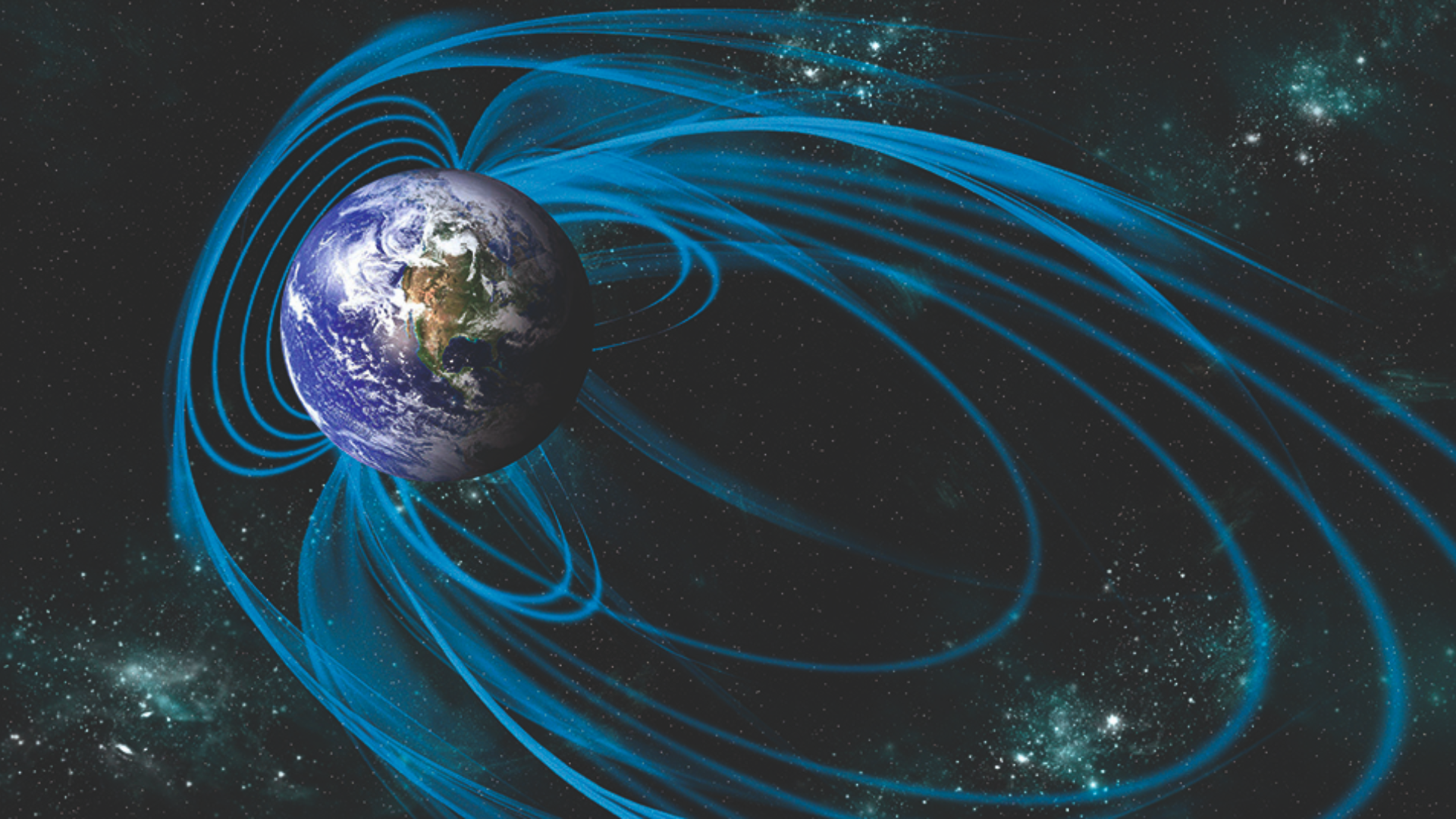Earth’s magnetic field, an invisible yet indispensable force, is integral to the sustenance of life and the smooth functioning of our technological infrastructure. Anchored by the movements within the molten iron core, this magnetic shield envelops our planet, safeguarding it against the onslaught of harmful solar radiation and cosmic particles. Beyond its protective role, the geomagnetic field facilitates navigation for both humans and migratory animals, offering a guiding beacon across vast distances. However, the stability of Earth’s magnetic poles, situated near the geographic poles, is subject to dynamic shifts, presenting intriguing phenomena and potential challenges.
Historical data reveals a gradual drift in the position of the magnetic poles, a phenomenon that has garnered increased attention in recent years. The North Pole, for instance, exhibited a relatively stable movement of approximately 15 kilometers per year until the 1990s. Subsequently, this rate accelerated, with the pole shifting at a remarkable pace of 55 kilometers per year towards Siberia. Such rapid displacement hints at the possibility of a ‘magnetic reversal,’ a phenomenon characterized by the interchange of the north and south poles. NASA’s records indicate that such reversals have occurred 183 times over the past 83 million years, with intervals averaging around 300,000 years.
Recent research leveraging satellite observations has shed light on the underlying mechanisms driving these magnetic field fluctuations. Scientists have identified ‘blobs’ of unusually intense magnetic fields lurking deep within the Earth’s interior, contributing to the observed changes. Despite advancements in understanding the phenomenon, the escalation in magnetic activity remains a puzzle, eluding a definitive explanation from experts.
READ MORE : Rocky Planet Called ‘Super-earth’ Discovered with Atmosphere? Can There Thrive a Life?
The prospect of a magnetic reversal prompts contemplation of the potential ramifications should Earth’s magnetic field dissipate entirely. This pivotal shield, extending outward into space, serves as a bulwark against the solar wind—a stream of charged particles emitted by the Sun. In the absence of this protective barrier, Earth would be vulnerable to the full brunt of solar radiation, with far-reaching consequences across multiple domains.
One of the most pressing concerns revolves around the heightened exposure to cosmic radiation and solar particles. Without the shielding effect of the magnetic field, these hazardous elements would penetrate the atmosphere, intensifying the mutation rate of living cells and posing significant health risks. Increased incidences of cancer in animals and potentially humans would ensue, as cellular DNA undergoes destabilizing alterations under the onslaught of radiation.
Moreover, the absence of Earth’s magnetic field would disrupt the delicate balance of ecosystems, with profound implications for biodiversity and ecological stability. Migratory patterns of animals, including birds and sea turtles, reliant on geomagnetic cues for navigation, would be thrown into disarray, potentially disrupting entire food chains and ecosystems.
From a technological standpoint, the repercussions of a vanished magnetic field are equally daunting. Global communication networks, reliant on satellites orbiting within the protective envelope of the geomagnetic field, would be susceptible to disruption. Increased exposure to solar radiation could result in widespread system failures and damage to critical infrastructure, including power grids and satellite systems.
In summary, while the prospect of a magnetic reversal presents a captivating scientific phenomenon, it also underscores the critical importance of Earth’s magnetic field in preserving life and supporting human endeavors. As researchers continue to unravel the complexities of geomagnetic dynamics, the implications of potential shifts serve as a poignant reminder of our planet’s interconnectedness with the broader cosmos. Safeguarding the integrity of Earth’s magnetic shield remains paramount, ensuring the continuation of life as we know it amidst the ever-changing tides of the universe.
READ MORE : ISRO Observes Substantial Growth In Glacial Lakes Across The Himalayas


















